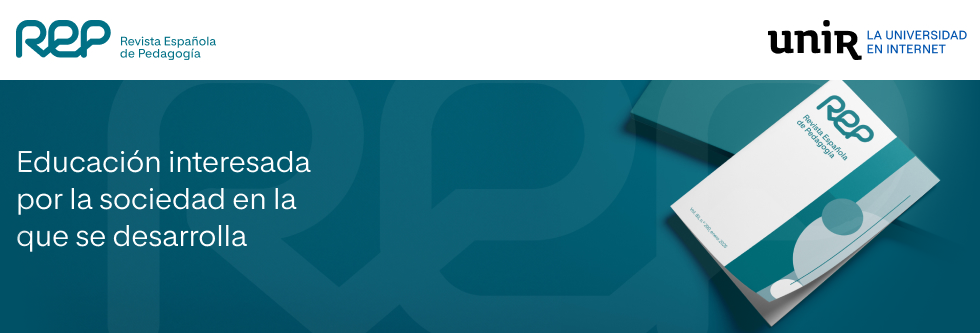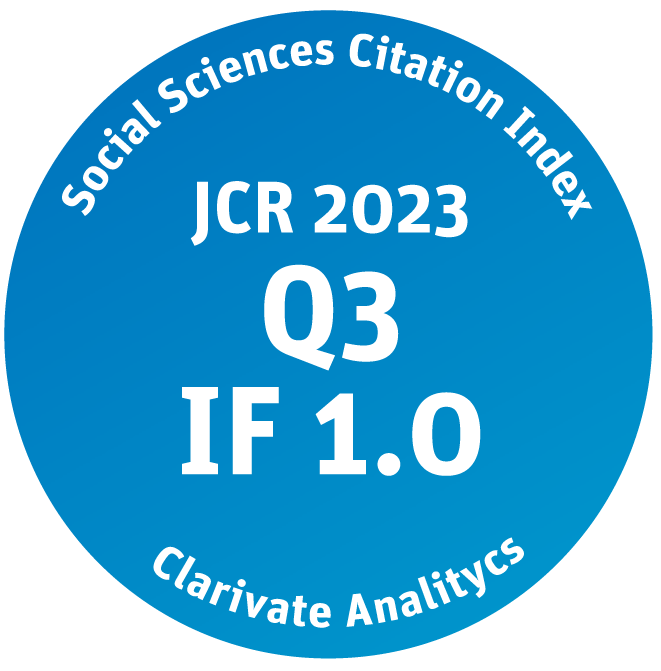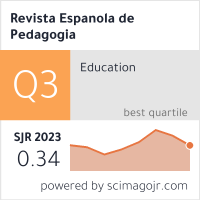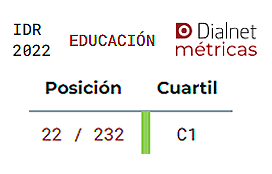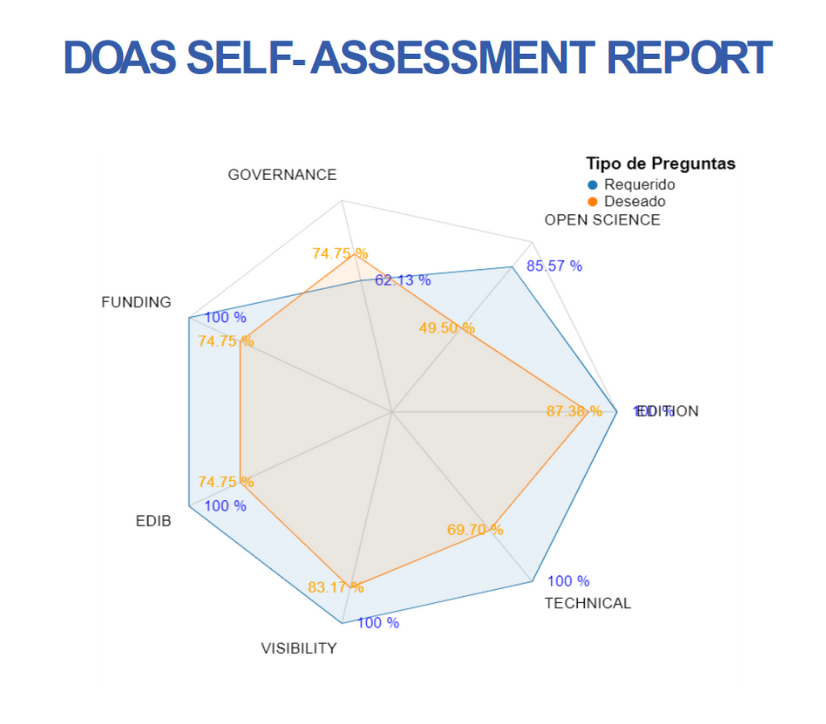Phases and profile of blended learning adopters in university contexts. The CHAID Analysis
Abstract
The aim of this study was to identify segments of university professors with different predispositions and use of the blended-learning methodology in their teaching routine. Predictor variables were taken from individual socio-demographic and professional characteristics; each one of the phases of adoption typified in the Theory of Diffusion of Innovation, proposed by E. Rogers, were taken as criterion variables. The study involved 486 teachers from different universities in the Autonomous Community of Castilla y León (Spain). Data treatment was run via segmentation analysis using the CHAID algorithm. The results showed that the prior training on b-learning as the main predictor variable in 4 of the 5 classification trees obtained. The paper concludes by emphasizing the importance of knowing the expansion phases of the b-learning adoption process in academics, identifying user types or profiles based on individual characteristics, in order to inform decision-making by the university administrators interested in accelerating the dissemination of such educational innovations.
Key Words: Diffusion Theory, educational innovation, blended learning, segmentation methods, CHAID.
- Keywords:
- educational innovation
Citación recomendada | Recommended citation
Martín-García, A. V.,
&
Hernández Serrano y Mª Cruz Sánchez Gómez, M. J.
(2014)
.
Phases and profile of blended learning adopters in university contexts. The CHAID Analysis.
Revista Española de Pedagogía, 72(259).
https://www.revistadepedagogia.org/rep/vol72/iss259/14
Licencia Creative Commons | Creative Commons License
Esta obra está bajo una licencia internacional Creative Commons Atribución-NoComercial 4.0.
This work is licensed under a Creative Commons Attribution-NonCommercial 4.0 International License
